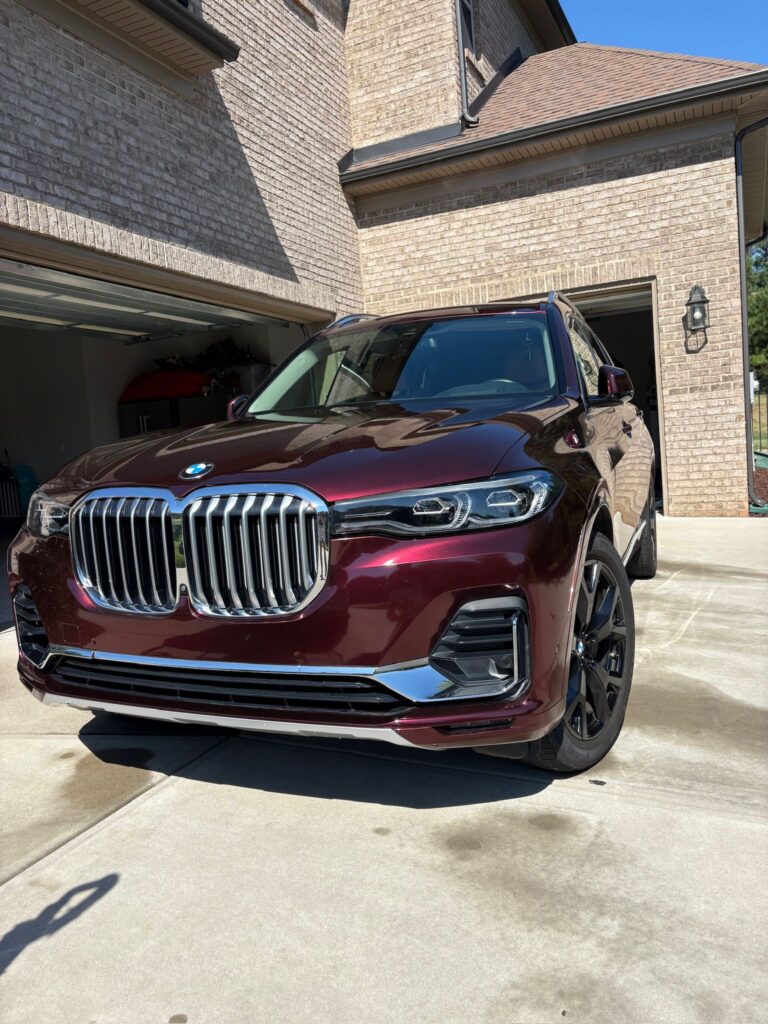Introduction
Car detailing is more than just a regular wash it’s a full transformation for your vehicle. While a quick wash removes surface dirt, detailing goes deeper to clean, restore, and protect every part of your car, both inside and out. It’s what keeps your vehicle looking as if it just rolled off the showroom floor.
Whether you’re passionate about cars or simply want to maintain your investment, understanding how detailing works can help you see the real value behind the process. In this guide, we’ll walk through each step of a professional car detailing service, explaining what happens and why it’s essential for your car’s health and appearance.
Initial Inspection and Preparation
Every great detailing job starts with a thorough inspection. Professionals examine the vehicle carefully to identify paint imperfections, interior stains, and areas needing special attention. This helps them select the right cleaning methods and products for your car’s condition.
Before washing, a pre-rinse is done to remove loose dirt and debris. This simple step helps prevent scratches during the wash and ensures the cleaning process begins on a clean surface.
For anyone searching for the best car detailing Charlotte has available, this initial assessment ensures the process is customized for each vehicle’s unique needs.
Exterior Wash and Decontamination
Once the inspection is complete, detailers begin with a two-bucket wash method one bucket for soapy water and another for rinsing the mitt. This prevents dirt from being reapplied to the paint.
Next comes the decontamination stage, where stubborn contaminants like iron deposits, road tar, and sap are removed using clay bars or specialized removers. This step ensures the paint surface is perfectly smooth and ready for polishing.
Pro Tip: Always wash your car in a shaded area. Direct sunlight can dry the soap too quickly, leaving streaks or water spots on the surface.
Paint Correction and Polishing
After the wash, professionals move on to paint correction, a precise process that eliminates swirl marks, oxidation, and fine scratches. Using dual-action polishers and various grades of polishing compounds, detailers carefully refine the surface to restore clarity and depth to the paint.
Polishing not only improves shine but also preps the surface for protection layers like wax, sealant, or ceramic coating.
Paint Protection Wax, Sealant, or Ceramic Coating
This step locks in the results of the previous stages. Depending on the customer’s preference and budget, one of the following is applied:
Wax: Offers a rich, glossy finish but needs reapplication every few months.
Sealant: Provides stronger, longer-lasting protection, typically lasting up to six months.
Ceramic Coating: A high-end solution that creates a durable, water-repellent layer lasting years.
Trusted companies such as Auto Revive often recommend ceramic coatings for those looking for long-term protection. These coatings chemically bond to the car’s paint, forming a tough barrier that resists UV rays, oxidation, and chemical stains.
Wheel and Tire Detailing
Wheels often collect brake dust, tar, and grime that regular washes can’t remove. Professional detailers use special brushes and wheel-safe cleaners to thoroughly clean rims, lug nuts, and calipers. Once clean, a tire dressing is applied to restore a deep, satin-black finish.
Pro Tip: Avoid using harsh household cleaners on wheels—they can strip away protective finishes and cause corrosion over time.
Interior Deep Cleaning
Interior detailing involves much more than vacuuming. Every inch of the cabin is cleaned and treated, from the dashboard and air vents to the carpets and seats.
Fabric Upholstery: Cleaned with steam or hot water extraction to remove stains and bacteria.
Leather Surfaces: Conditioned with special products to maintain softness and prevent cracking.
Odor Removal: Neutralizers are used to eliminate unwanted smells, leaving a fresh and clean atmosphere.
This process not only improves comfort but also promotes better air quality inside the vehicle.
Glass and Final Touches
Clean, streak-free glass is essential for safety and appearance. Detailers clean all windows and mirrors both inside and out, ensuring clear visibility. The final touches include cleaning door jambs, polishing exhaust tips, and dressing exterior trims to restore their rich color.
These finishing steps give your car that “just detailed” perfection that sets professional services apart from basic washes.
Final Inspection and Quality Assurance
Before the vehicle is returned, professionals conduct a detailed inspection to ensure every part meets high standards. They check for residue, missed spots, or imperfections, ensuring your car looks flawless from every angle.
Regular detailing ideally every 4 to 6 months helps maintain your vehicle’s paint, interior materials, and resale value over time.
The Long-Term Value of Professional Car Detailing
Professional detailing doesn’t just make your car shine; it preserves its condition and prevents long-term damage. With consistent care, you can avoid premature paint fading, rust, and interior wear.
Many Charlotte car owners trust Auto Revive for their reliable and detail-oriented services. Their step-by-step process ensures that every vehicle receives the attention it deserves, no matter its make or model.
If you’re looking for the best car detailing Charlotte residents recommend, understanding this complete process helps you see why professional detailing is more than a luxury it’s essential maintenance.
Conclusion
Car detailing combines precision, expertise, and care. From the first rinse to the final polish, every step enhances your car’s beauty, comfort, and protection. By investing in regular detailing, you’re not only keeping your car looking new but also extending its lifespan and value.
When done by skilled professionals who follow a proven process, detailing turns your vehicle into something you can truly take pride in inside and out.


